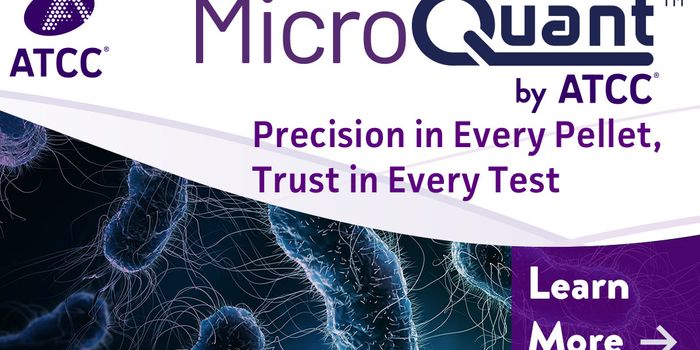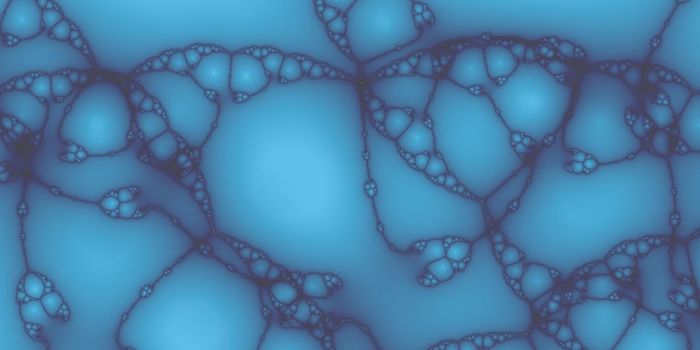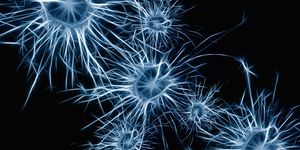Cellular Mechanism Inspires Bone-Forming Drugs

There exists a certain amount of therapeutic drugs that treat osteoporosis by promoting bone formation in comparison to only a few drugs used to suppress bone resorption. Now, according to a study published in Nature Communications, researchers at Kumamoto University have discovered a gene called ‘SIRT7’ which is crucial for bone formation. SIRT7 was found by researchers to be involved in a mechanism that activates genes essential for bone formation and thus researchers are hoping to find new drugs that can target such a pathway known as 'SIRT7-regulated osteoblastogenesis pathway'. These drugs may work to treat decreased osteogenesis and osteoporosis.
Osteoporosis is a disease caused by a decrease in bone mass and bone quality that allows bones to easily fracture. The most leading cause of osteoporosis is aging and is “estimated that around 200 million people are affected worldwide”. To learn more about osteoporosis, watch this video below:
A balanced living tissue, bone is always broken down (bone resorption) and always built back up (bone formation). If the bone gets out of balance such as bone resorption exceeding bone formation then bone density is reduced leading to osteoporosis. There are several medicines on the market available to treat osteoporosis, however, the number of drugs that promote bone-building is not as much as drugs that suppress bone resorption. Therefore, developing therapeutic agents that regenerate bones was the main priority of the researchers.
The research consisted of experiments on mice lacking the SIRT7 which meant that these mice had a reduced bone mass. Using an instrument, bone morphometry analysis was performed that showed bone formation and the number of osteoblasts (bone-building cells) was reduced. The scientists then obtained similar results from osteoblast-specific SIRT7 lacking mice. Therefore, the research showed that (osteoblast-specific) SIRT7 is crucial for forming bone. "In situations where SIRT7 does not work sufficiently, such as in an older individual, osteoblast formation is impaired due to low SP7/Osterix transcriptional activity. We believe that this decreased osteogenesis is associated with osteoporosis," said study leader Dr. Tatsuya Yoshizawa of Kumamoto University. "Our results, show that the regulatory pathway of SIRT7 -- SP7 / Osterix is a promising target for new therapeutic agents to treat decreased osteogenesis and osteoporosis."
Source: Kumamoto University, Nature Communications








